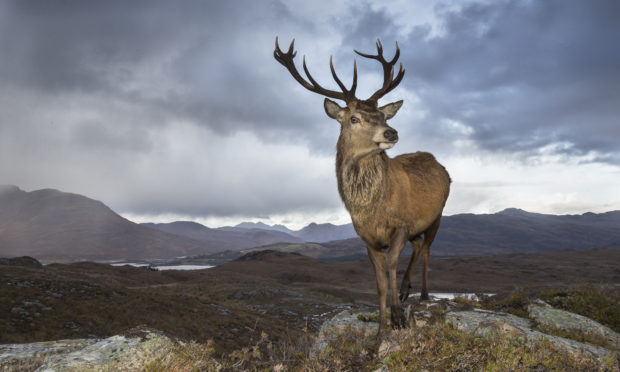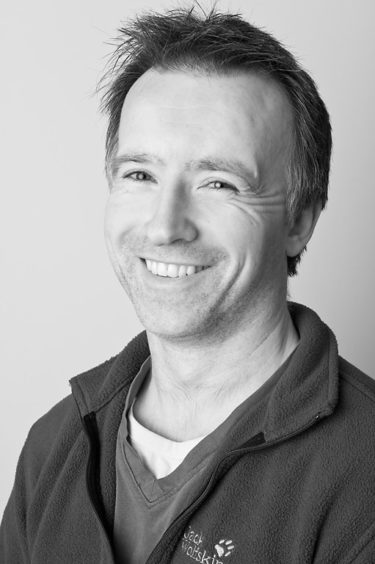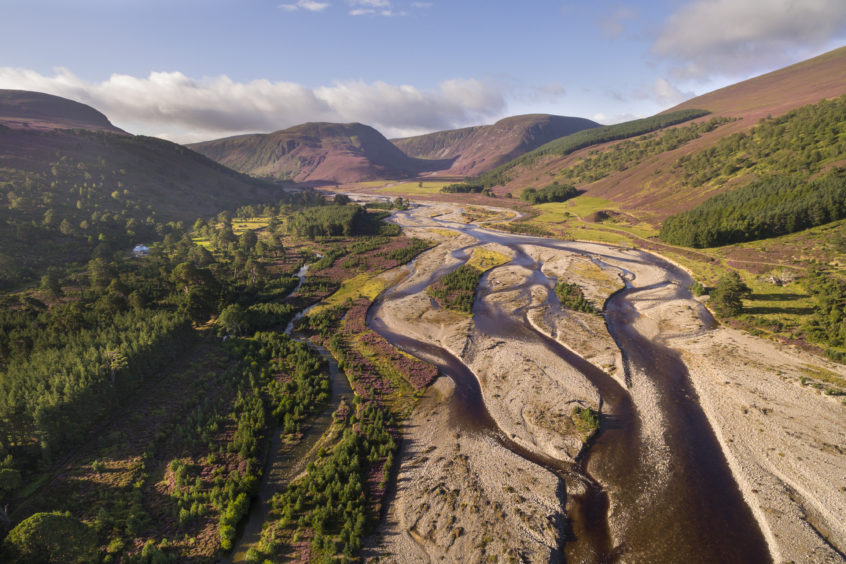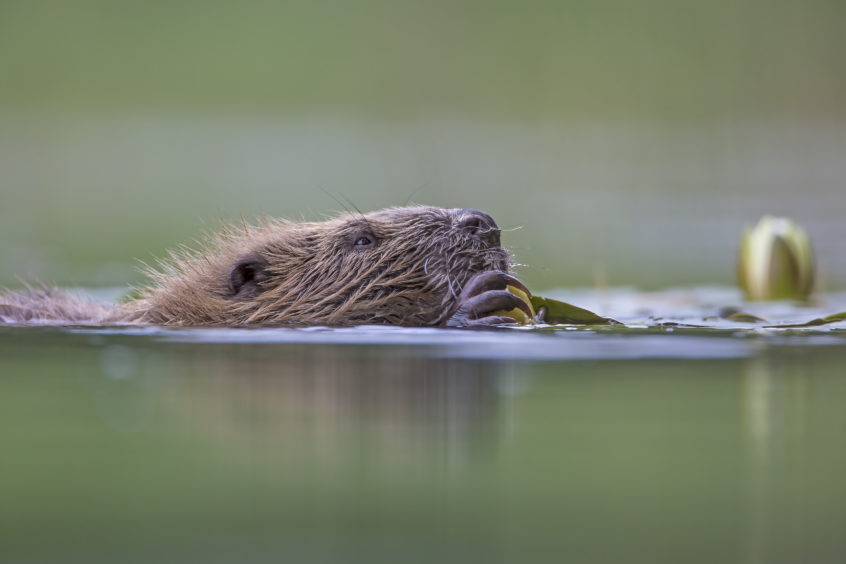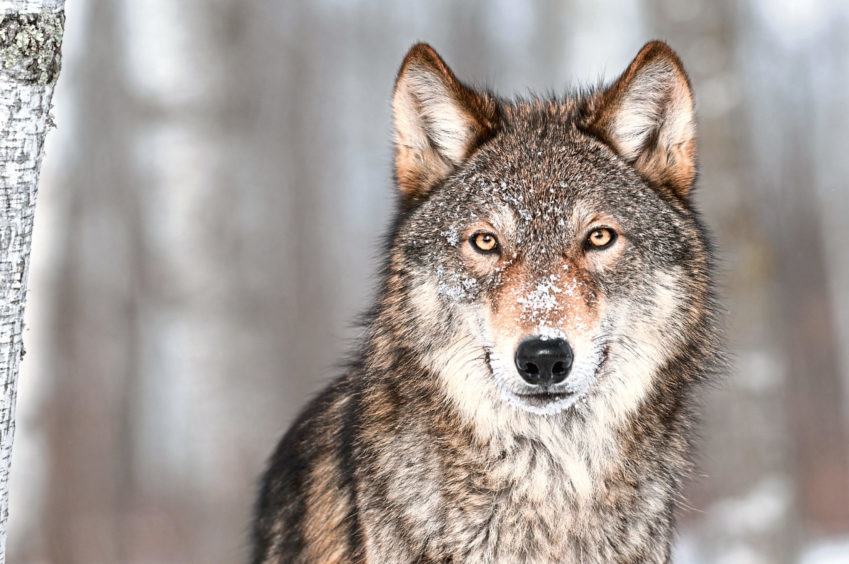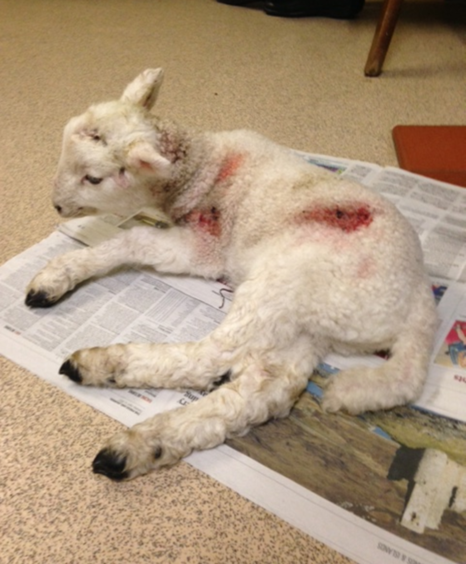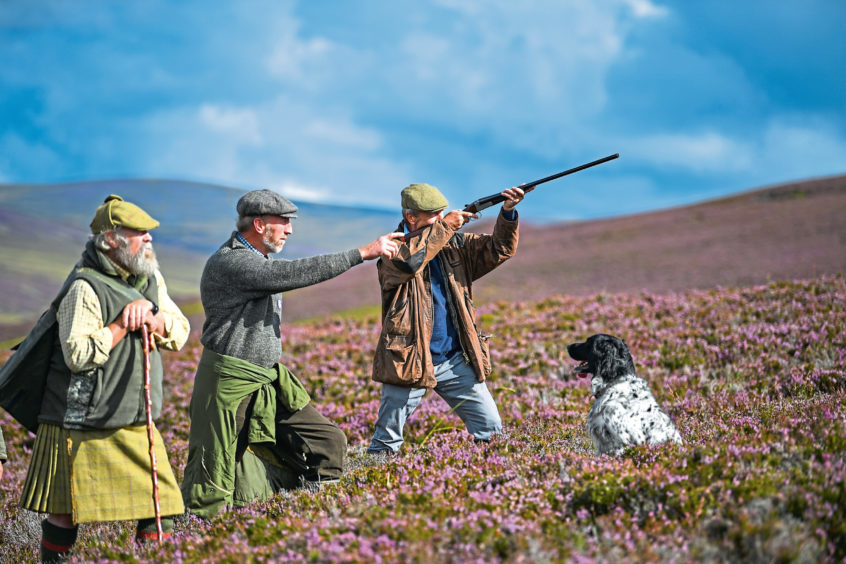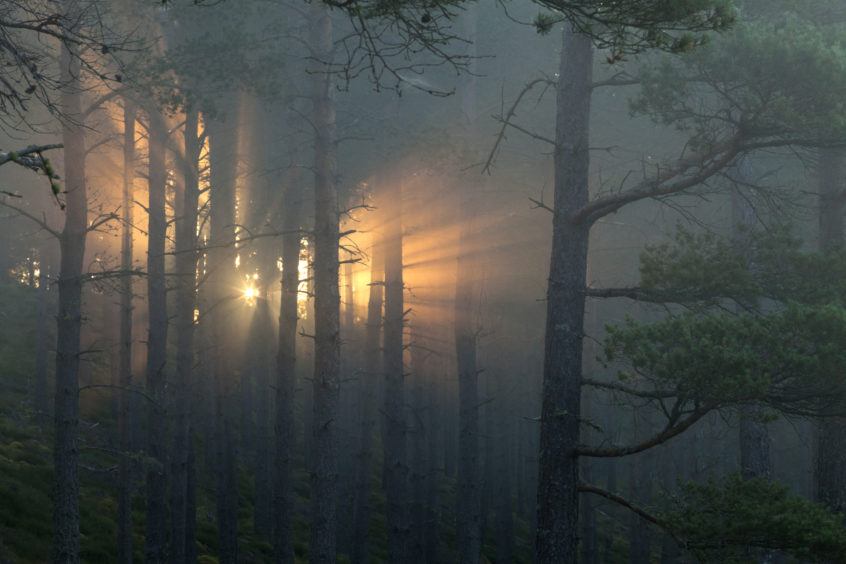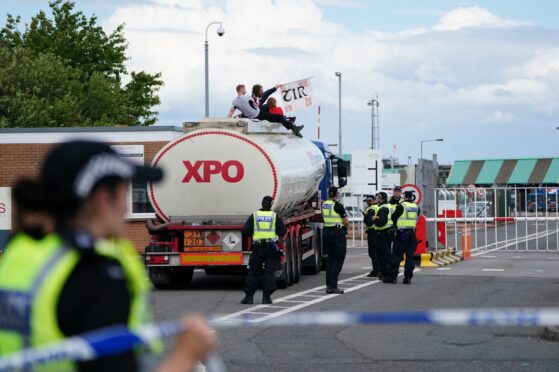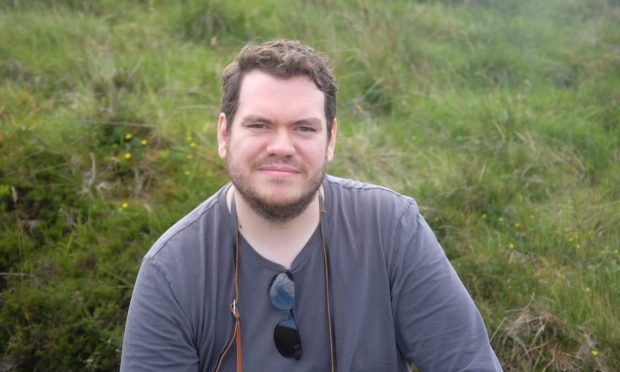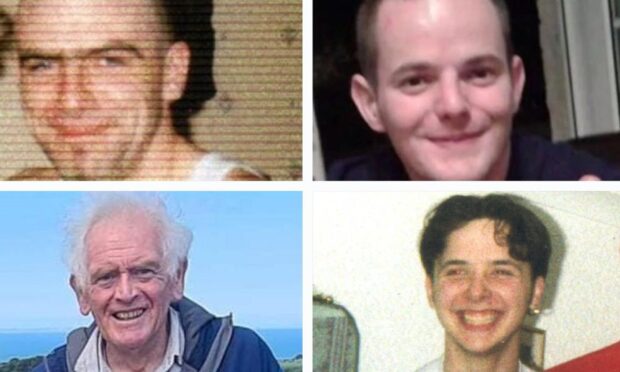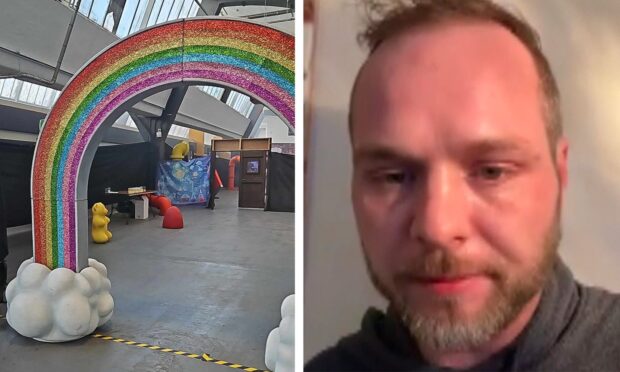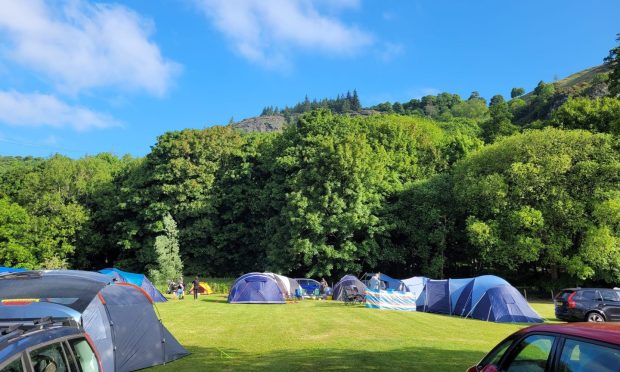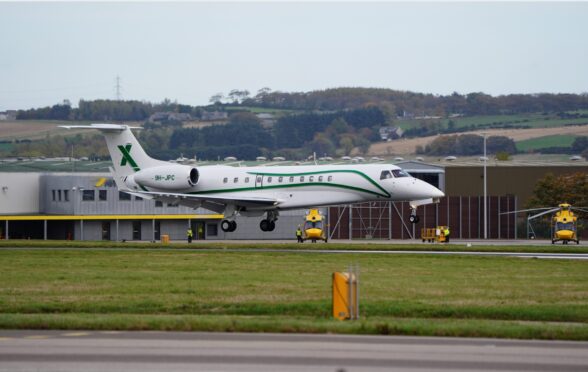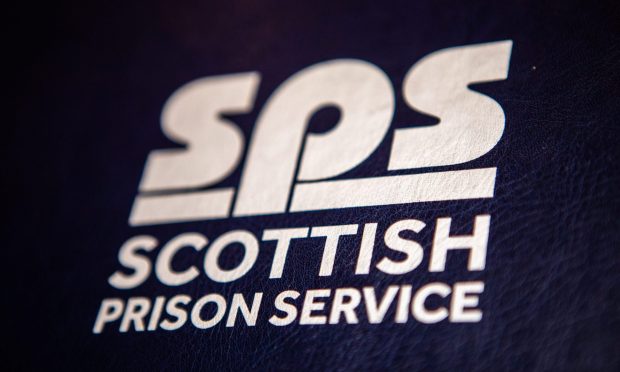It may seem strange for a man who makes his living capturing nature’s most jaw-dropping moments, but when photographer Peter Cairns looks out across the Scottish wilderness he often perceives landscapes “felled, grazed and burned to death” rather than the beautiful vistas most appreciate.
As well as an award-winning photographer with 20 years’ experience Peter is a leading figure in the rewilding movement, an ecological campaign to restore Scotland’s landscapes, flora and fauna to past glories.
“Rewilding is a sign of the times as much as anything,” he explains.
“It’s a reaction to 50 years of conservation where we have been trying to save nature piece-by-piece and it hasn’t worked.
“We have to face the fact all of our large carnivores have gone, most of our large herbivores have gone, and we desperately hold on to these fragments and threads of natural woodland and isolated pockets of wildlife.
“We need to see how we can weave these fragments back together to make the whole system more robust, resilient and vibrant.”
The answer, says Peter – who is speaking at a Royal Scottish Geological Society event in Perth on Tuesday March 12– is rewilding.
“It is a bold vision to repair and restore Scotland’s eco-systems – which have become diminished, degraded, and don’t function as they should do – and allow a range of wildlife to flourish.”
For many people in Tayside, Fife and Angus, the animal that most immediately springs to mind is the beaver.
These mammals were illegally reintroduced to Tayside in 2006 and – depending on who you listen to – are either a massive wildlife success story, or an expensive menace that costs farmers thousands and endangers public safety.
Whatever the view, the beavers are here to stay with the Scottish Government confirming legal protection for them earlier this month.
The debate, the rewilding movement’s champions argue, is much wider than that.
Peter, based in the Cairngorms National Park, lists tree species aspen, elk and cranes as three species that could easily make a productive return to high numbers.
“Historically, if you look at places like Loch Insh – in the centre of the park – then its Pictish name was loch of the cranes.
“They have a historical record across the whole of Scotland. They are a species that really go under the radar. There are a couple of pairs breeding in Strathbeg, but they really should be as common as herons across the whole of Scotland.”
“Elk, or moose, you could add to that list. There’s a common school of thought that says the last thing you need is more herbivores, but they graze in an entirely different way to other deer.”
But where herbivores go, hunters follow.
“The return of large carnivores has hi-jacked the rewilding conversation and turned it toxic,” Peter says.
But beyond that he accepts that these types of carnivores are an essential part of restoring the eco-systems he champions.
It is the white wolf, rather than elephant, in the room.
And for those who rely most closely on Scotland’s wild spaces for their livelihoods, it is an alarming proposal.
Appin hill farmer David Colthart recently spoke at the National Farmers Union Scotland AGM about the number of lambs lost to sea eagles.
At least 16 young sea eagles have been released from sites on the Fife coast.
He said one farm – which deliberately measured the birds’ impact – lost 28 more lambs per year than average. He said it was difficult to know exactly how many were taken as the raptors sometimes left no traces.
Such losses had a substantial effect on the entire flock and affected the quality of the ground across the hill farm, he points out. There was also a human cost.
“It has a toll on mental health as it is a hugely stressful experience to have continued killing day after day without being able to stop it. The sea eagle will be the final nail in the coffin for many businesses if we cannot find a resolution.”
His concerns about further rewilding are shared by the Scottish Gamekeepers Association chairman Alex Hogg.
“Rewilding seems to mean different things to different folk. A lot of the thinking seems to be around growing more trees, killing more deer and introducing more large predators.”
He said some Norwegian farmers had given up farming sheep after the reintroduction of wolves.
“What happens if it goes wrong? Most countries who have introduced large predators have found them to behave in ways the scientists could not have predicted. Once they are out, you cannot put the brakes on. There is no guarantee habitats will respond the way people like to think they will.”
He says even the more innocuous proposals made by rewilding advocates – such as planting more trees over the fifth of Scottish landscape that is covered with hunting grounds – are fraught with difficulty.
“One thing we need to be careful of is losing more moorland. Some people point to the fact we have less tree cover than the European average. That may be so. But the UK holds 75% of all the world’s remaining heather moorland, with most of that in Scotland.
“We lost 20% of that between 1940 and 1970 through conversion to forestry and grass. These moors are Scotland’s signature. In biodiversity terms, they are far more rare than woodland. We have a duty to the world to protect them.”
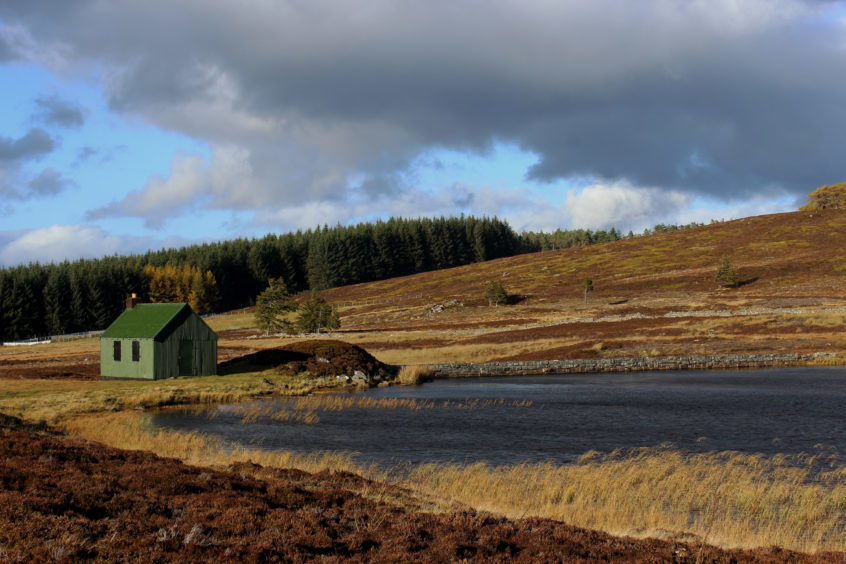
Peter, on the other hand, says he has sympathies for farmers, gamekeepers and others, but they must be responsive to change.
“We’re not dictating to anybody, but change is inevitable and farming has got to move with these changes as much as any other business.
“Nobody is saying people should stop grouse shooting. But if you look at it impartially, 20% of Scotland’s land area is devoted to either driven grouse shooting or open hill deer stalking and we just have to ask ourselves as a society if that is fair. If you proposed those land uses today then you’d get laughed at.
“The question is how do we blend those cultural traditions, and people’s entitlement to follow those pursuits, with more enlightened ecological thinking for wider society.
“We’ve come to accept a landscape that is seriously degraded just because we don’t know, or haven’t seen, any better, but when people travel to North America or Scandanavia and see those landscapes, then I tell them that, biologically speaking, that is exactly what Scotland should look like and the animals that live there should, in fact, be here.”
Peter is speaking in Perth on Tuesday 12th March at 7.30pm in The Salutation Hotel, 34 South Street, Perth, PH2 8PH. Tickets to see Peter are available via Eventbrite or on the door. They are £10 for visitors, £8 for Tiso Outdoor Experience Cardholders, and FREE for RSGS Members, Students and U18s.
